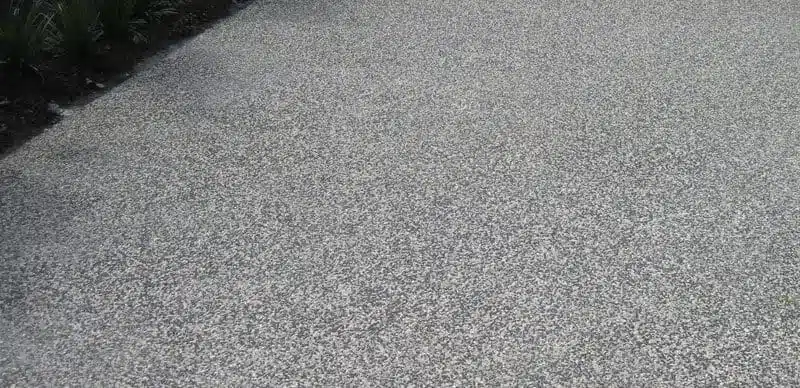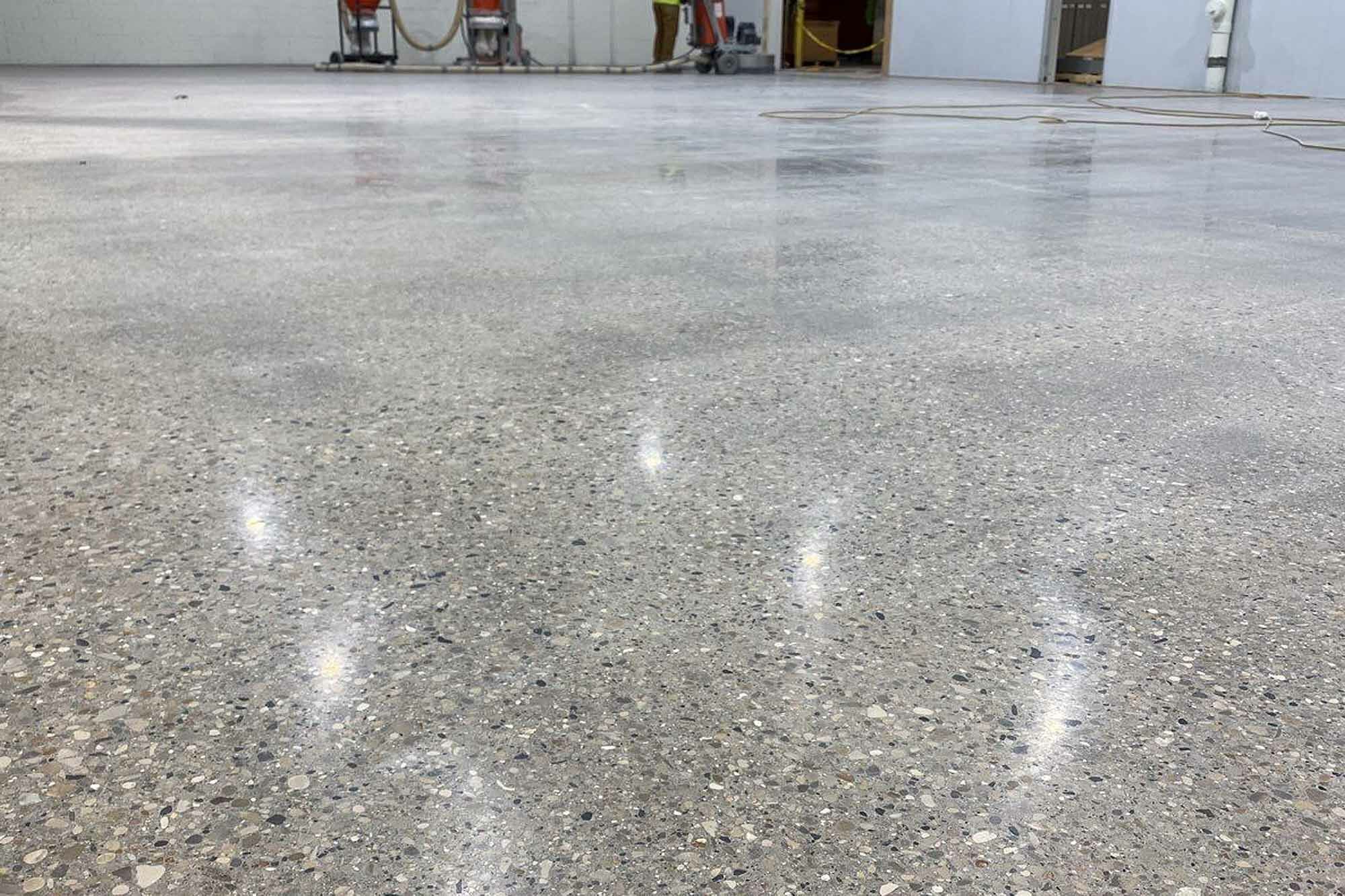Introducing the Eco-Friendly Advantages of Making Use Of Recycled Concrete in Sustainable Building Practices
In the world of sustainable construction practices, the application of recycled concrete stands as a pivotal yet usually underestimated resource. Past its traditional applications, recycled concrete deals a myriad of environmentally friendly advantages that expand far beyond the confines of typical construction products. From decreasing ecological effect to enhancing cost-efficiency, the implications of including recycled concrete in lasting structure methods are substantial. This functional material not only addresses pressing environmental issues yet likewise presents a feasible service to the obstacles dealt with by the building and construction sector at large.
Ecological Advantages
By including recycled concrete into building methods, there is a significant decrease in the requirement for brand-new raw materials, leading to preservation of all-natural sources. Additionally, the usage of recycled concrete reduces the amount of waste being sent out to land fills, thus decreasing environmental air pollution and reducing the pressure on land fill capacities (Concrete).

In contrast, recycled concrete has a lower carbon footprint as it lowers the need for new concrete manufacturing. On the whole, the ecological benefits of making use of recycled concrete are considerable and play an important role in advertising eco-friendly construction techniques.
Cost-Efficiency
Attaining cost-efficiency is a paramount consideration when examining the use of recycled concrete in construction jobs. One of the crucial advantages of utilizing recycled concrete is its cost-effectiveness contrasted to typical concrete.
Moreover, using recycled concrete can lead to cost savings in land fill prices by drawing away concrete waste from disposal websites. This not just lowers the environmental impact but also eliminates the costs connected with waste removal. The resilience and performance of recycled concrete are comparable to standard concrete, making certain that expense financial savings do not jeopardize the high quality of the construction.
Resilience and Strength
Taking into consideration the considerable cost-efficiency advantages of using recycled concrete, it is important to examine its longevity and strength in construction applications. Recycled concrete deals comparable, otherwise superior, sturdiness and strength buildings to typical concrete. Via developments in processing strategies and quality control, recycled concrete can fulfill or surpass the performance requirements of conventional concrete. The procedure of reusing concrete involves squashing, sorting, and evaluating old concrete to produce aggregates that can be made use of in new construction jobs. These recycled accumulations can giving sufficient compressive stamina, durability, and long-lasting performance.
:max_bytes(150000):strip_icc()/GettyImages-941748918-5c7f3654c9e77c00012f82f6.jpg)
Waste Decrease
When it comes to using recycled concrete, waste decrease is a key benefit that adds substantially to ecological preservation. By go right here incorporating recycled concrete right into building and construction tasks, this waste is repurposed and drawn away from garbage dumps, lowering the total ecological influence of building and construction tasks.
Recycled concrete not only helps in reducing the amount of waste that finishes up in garbage dumps yet additionally preserves natural deposits by lowering the need for new aggregate products. This procedure of waste reduction promotes a circular economic climate within the building and construction sector, where materials are reused and look at more info reused to develop a much more lasting sector. Additionally, the usage of recycled concrete can result in cost savings for construction tasks, as it is usually much more inexpensive than sourcing and transporting brand-new materials. To conclude, waste decrease through the utilization of recycled concrete is an essential element of lasting building techniques that benefits both the environment and the building and construction industry in its entirety.
Energy Conservation
When it comes to making use of recycled concrete in building, considerable power cost savings are achieved contrasted to standard concrete manufacturing. The procedure of generating recycled concrete includes crushing and recycling existing concrete products, which takes in less energy than mining, processing, and moving raw products for new concrete production.
Verdict
To conclude, the use of recycled concrete in sustainable building and construction methods provides countless environmental benefits, cost-efficiency, durability, toughness, waste reduction, and energy preservation. By including recycled concrete right into building projects, we can add to a more eco-friendly and lasting future. It is important for the construction sector to focus on the use of recycled products to assist lower the environmental influence of building tasks.
One of the crucial benefits of utilizing recycled concrete is its cost-effectiveness contrasted to conventional concrete.In addition, the usage of recycled concrete can lead to cost savings in landfill expenses by diverting concrete waste from disposal websites. The sturdiness and efficiency of recycled concrete are similar to standard concrete, ensuring that cost financial savings do not compromise the high quality of the building and construction.
